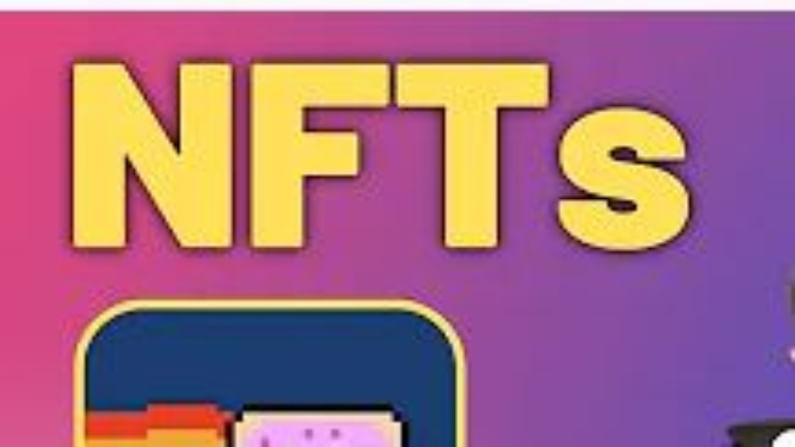Will non-fungible tokens turn out to be the next Tulip Mania?
Not really, if people understood them for what they are: unique certificates of authenticity for digital art of value

If you are even remotely interested in making money, then you’ve probably read with awe stories of some digital art selling for obscene prices, backed by something called non-fungible tokens (NFTs). In particular, you may have heard the word Beeple, which actually is the trade name of a 39/40-year-old American digital artist Mike Winkelmann.
The Charleston, South Carolina-based Beeple made headlines when a Miami-based art collector Pablo Rodriguez-Fraile sold for $6.6 million a 10-second video artwork created by Beeple. Rodriguez-Fraile had bought the video for $67,000 in October 2020. He sold it four months later, in the last week of February 2021 (deep sigh).
Then, on March 12 just gone by, Winklemann became the third richest artist alive, when he—or rather, Christie’s—sold his digital artwork called “Everydays: The First 5000 Days” for a jaw-dropping $69.3 million. Apparently, the bidding frenzy saw the price skyrocket from $15 million to nearly $70 million in the last 30 minutes of the auction. And as it now turns out, the winning bid came from a Singapore-based coder of Indian origin who goes by the name Metakovan and runs the world’s largest NFT fund called Metapurse.
As you can tell, the NFT-backed digital art is off to a roaring start. Twitter co-founder Jack Dorsey has jumped on the bandwagon too, putting up his first tweet as an NFT for sale. The latest bid stood at $2.5 million. From wide-eyed artists to seasoned art collectors to NFT speculators to the poor you and me, everyone is getting swept up in the NFT mania, wondering which digital art will set what new record.
Let’s take a pause here to understand what are non-fungible tokens or NFTs. Like bitcoin, these are also a type of cryptocurrency based on the distributed ledger technology of blockchain. But unlike a bitcoin, NFTs are “non-fungible” i.e., not mutually interchangeable—that is, you cannot exchange them like you can exchange one bitcoin with another. A better way to think of NFTs is as digital certificates, which establish absolute ownership of a digital art work.
Now, you can ask—and rightly so—if a digital art work can be copied off the internet, why bother paying $69 million or even $6 million? The reason is simple: it’s same difference between owning a print of Mona Lisa or a Raja Ravi Varma versus owning the original masterpiece made by the artist’s own hands.
One is a copy and the other is the only original work. A serious art collector knows that the value of an art work stems only from its authenticity. Therefore, in the global art market, provenance—which establishes the chain of ownership from the time of an art work’s first sale—is perhaps the most important factor in the pricing of an art work.
In the digital art world, the NFTs do exactly the same thing. You and I can download Beeple’s “Everydays” and use it as our screensaver, but only Metakovan is the owner of the original art work as certified by the NFT (the token also embeds the creator’s signature). That’s also why I think the NFT mania is very different from the bitcoin frenzy (as I write this, the price of one bitcoin has topped $60k). Bitcoin is a cryptocurrency, whereas the NFTs are unique digital certificates of authenticity and their value is dependent on the underlying art work.
With NFT marketplaces springing up everywhere — check out OpenSea, Decentraland, SuperRare, and Rarible—any artist who can create digital art will have a ready market. But not everyone is going hit pay dirt as Beeple did.
In fact, Beeple himself used to think that his digital work would at best fetch $1,000. Indeed, Christie’s auction for “Everydays” started at a piffling $100, before frenzied bidders took the price all the way up to a dizzying $70 million. But don’t expect every digital art to be bid up like that. When sanity prevails — and it will soon — buyers will learn to pay for the value of the art work attached to the NFT.
Even today, if you are curious, you can buy tons of digital art like this NFT for 0.008 ethereum (ETH) or $15 or this one for 0.04 ETH or $76. (These are prices at the time of writing)
One thing is clear. The NFT marketplace will only grow. By various estimates, it could double to half a billion dollars end of this year, and who knows to what the next. If you are itching to dip your toes into the NFT market, I suggest you do so tentatively with something small. With some luck — and grace of the mysterious digital God–you too could collect 100x like what Rodriguez-Fraile did.
(The writer is Managing Editor of TV9 Kannada, and formerly Managing Editor of ET Now and Business Today. Views expressed are personal)